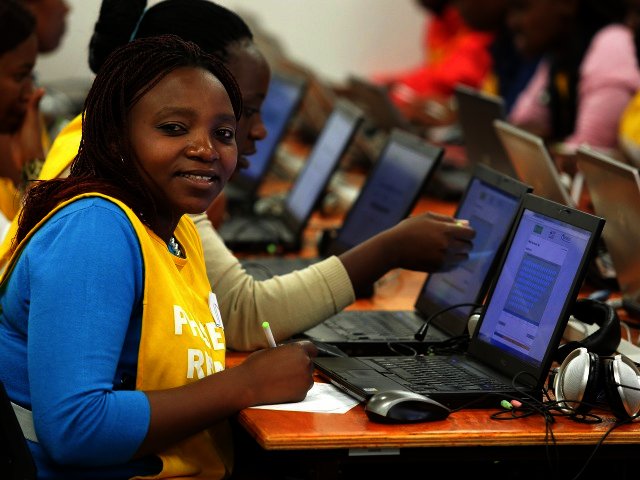Harambee, the South African youth employment accelerator, and United States Agency for International Development (USAID), have announced a partnership that will help fund Harambee’s operations over the next three years.
USAID supports locally-owned, sustainable organizations, such as Harambee, to help countries build innovative economies and democratic societies. Over the past six years, Harambee has prepared and placed more than 40,000 first-time job seekers. With additional funding from USAID, Harambee will recruit, train and place an additional 45,000 youth into jobs, work experience or income generation opportunities.
Kevin Roberts, the Education Team Lead at USAID/Southern Africa said, “We can be more effective when we collaborate with the expertise, resources and innovations of organisations across the public, private and non-profit sectors that are already applying ground-breaking solutions to development challenges. Harambee’s work readiness interventions align with our mission of promoting free, peaceful, and self-reliant societies.”
With its proven model of employment as an essential component of ending extreme poverty, USAID’s funding will help Harambee extend their positive impact on society.
The USAID alliance seeks to contribute to scaling Harambee’s model further to achieve three objectives:
(1) Reach an additional 300,000 unemployed youth and provide them with a work-seeker support package that will improve their employability
(2) Provide a link to jobs and work placements for an additional 45,000 youth
(3) Document and share knowledge from the model for broader systemic impact
Maryana Iskander, CEO of Harambee said, “Gaining the support of USAID is an affirming moment for us; we know our work is having a beneficial effect on the South African youth employment landscape. Every economically disadvantaged young person who finds stable employment also finds dignity and independence, but there’s more to it than that. Enabling people to move themselves into a better life impacts positively on their families and their communities.”





